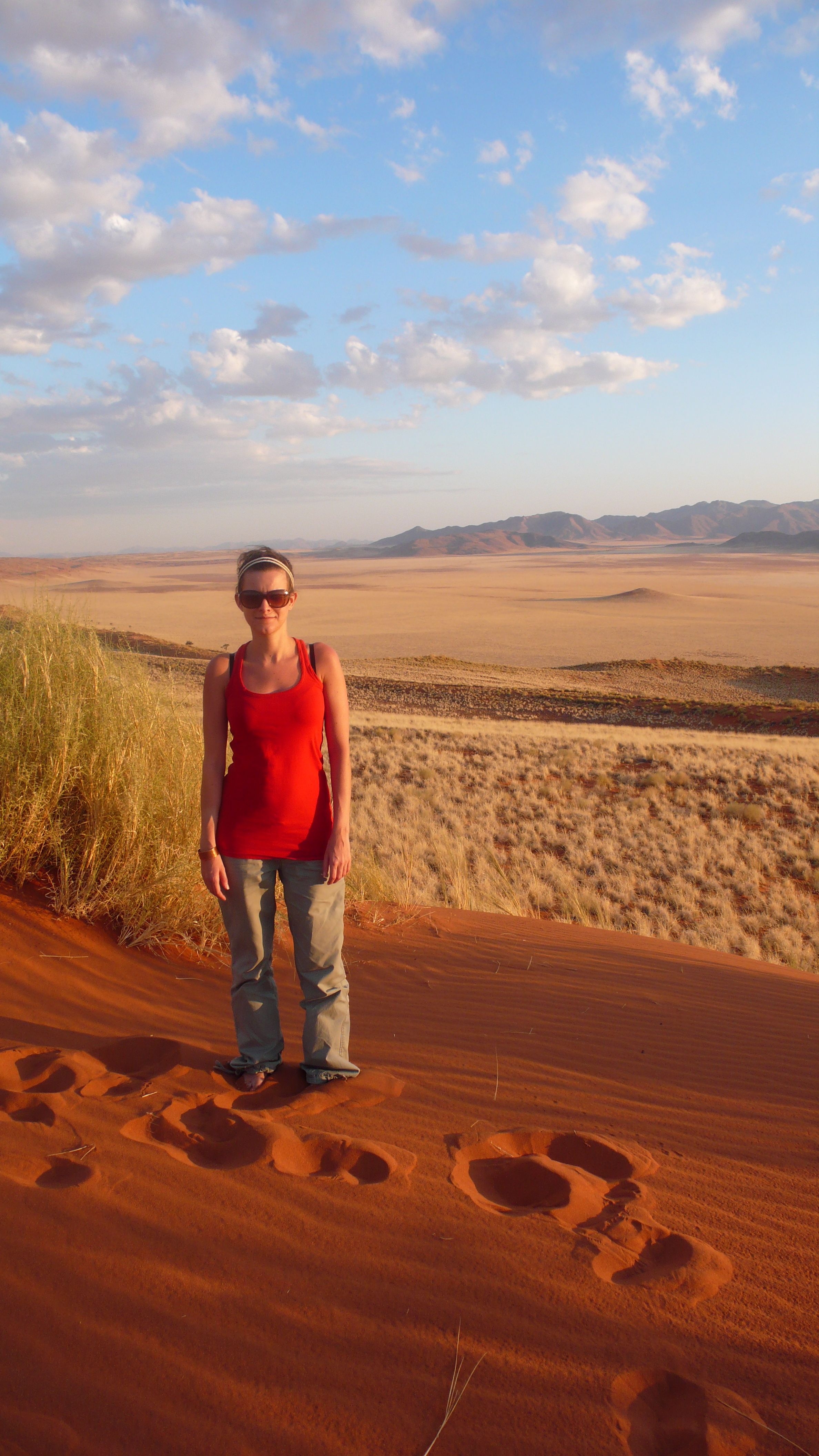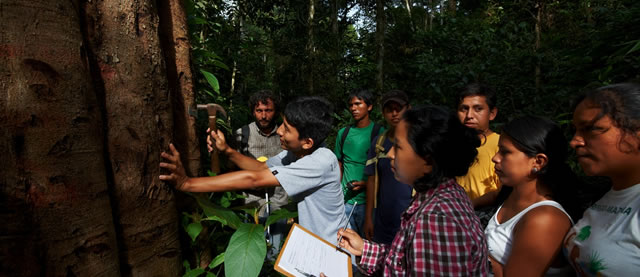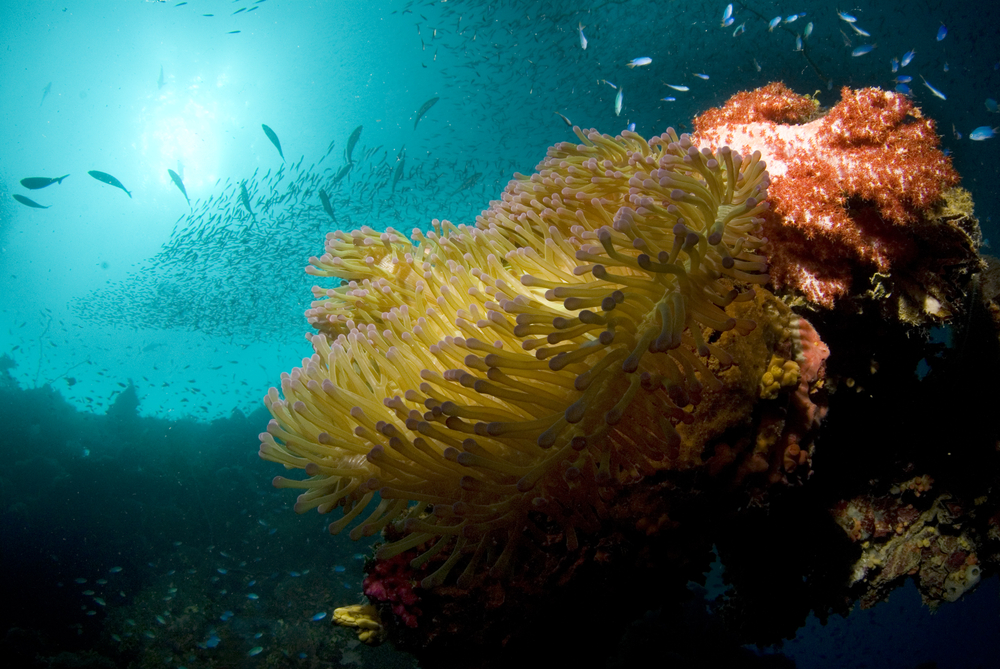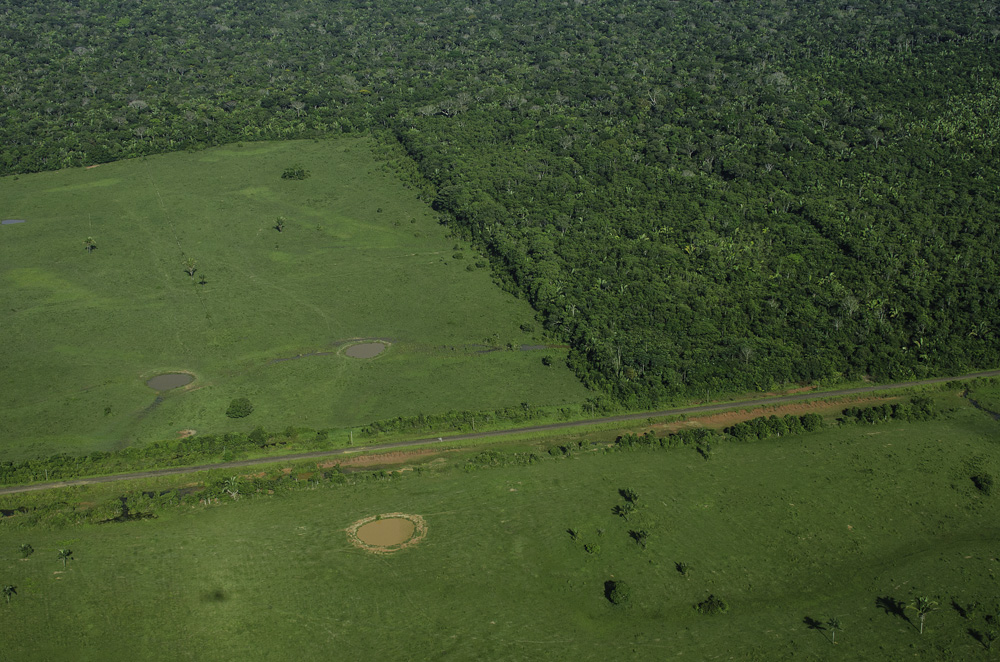News
Conservation Strategy Fund has been training conservationists, natural resource managers, and policy-makers in the language of economics for nearly 15 years. Hear first-hand what our course participants and instructors have to say about why CSF's training programs are effective and make a big difference for conservation.
CSF began working with International Consultant and Environmental Economist Rhona Barr in late 2012. Rhona brings to CSF a diverse set of practical and research experiences in tropical settings, including Latin America, Asia and Africa.
Born in North Wales, Rhona grew up on the island of Anglesey. From an early age, island life made her fascinated ("nearly obsessed!") with the outdoors and biology, particularly the watery ecosystems around her.
Under the second phase of the Initiative for Conservation in the Andean Amazon (ICAA) of the United States Agency for International Development and in collaboration with Wildlife Conservation Society, CSF is moving forward with the creation of three sustainable business plans for the indigenous Tacana community. The community, located in Bolivia's Amazon region north of La Paz, is home to approximately 5,000 people. Their land is known in Spanish as a Tierra Comunitaria de Origen, and is similar to a Native American reserve in the U.S., designated as a permanent home for the Tacanas to continue their traditions. It is located on the banks of the Beni River in the village of San Miguel del Bala.
As part of the ICAA fellows program, CSF held three methodological guidance workshops in November. The fellows traveled far and wide to visit each of their respective mentors and work on their final research profiles, which contain all of the definition methodology and data tools design collection. The workshops were held in Concepción, Chile, Bogota, Colombia and La Paz, Bolivia. In Chile, Karin Gonzales, Sophía Espinoza, Patricia Siles met with their mentor, Felipe Vásquez, who is a specialist in economic valuation of natural resources. In Bogota, Paula Zuluaga, Pablo David Campoverde, and Enrique de la Montaña Andrés met with Rocío Moreno, whose area of specialization focuses on game theory, economic valuation, and payments for environmental services.
The second year of the Biodiversity Conservation on Public Lands in the Amazon has begun! Between October 22 and November 4, CSF staff conducted their second visit to assess the technical development of business plans in indigenous lands relating to the sale of Brazil nuts, açaí berries, and arapaima fish. In addition, staff collected data on Brazil nut production by the Apurinã indigenous families. They visited associations and organizations in the municipalities of Cacoal, Humaitá Lábrea, and the Caititu indigenous territory. For more information please visit our Projects page.
For Angela Mojica, a marine biologist in Guatemala, this year's course forced her to think in a completely different way. Watch the video below to find out what had previously been missing in her conservation efforts.
David Johnson, currently a professor at Harvard University, has been teaching microeconomics with CSF since 2004. When asked if economics can alter the way environmentalists approach conservation, he had this to say:
La Iniciativa para la Conservación en la Amazonía Andina (ICAA) felicita a los ganadores de las becas de las propuestas para Investigaciones Económicas Aplicadas para la Conservación en la Amazonia Andina, quienes recibirán hasta US$15.000 para desarrollar sus propuestas. Además, contarán con asistencia técnica y capacitación en teoría económica y análisis económico ambiental durante el tiempo que dure la investigación, a fin de mejorar sus capacidades para realizar estudios de investigación económica aplicada...
Haga clic aquí para leer mas
Photo Credit: ICAA/USAID
Micronesia is a sub-region of Oceania, east of the Philippines and northeast of Indonesia. It is comprised of thousands of small islands in the western Pacific Ocean. Kiribati, the Mariana Islands, the Marshall Islands, Caroline Islands, Palau, Federated States of Micronesia, Nauru, and Wake Island are all considered part of Micronesia. In total, Micronesia is 1,230 square miles, or about twice the size of Los Angeles.
Divulgamos aqui o resultado do processo seletivo para o Curso de Ferramentas Econômicas para a Conservação - Infraestrutura na Amazônia, apoiado pela Gordon and Betty Moore Foundation e USAID.
Foi um processo concorrido devido à quantidade e qualidade dos inscritos. Dessa forma, o critério de seleção levou em conta - além do perfil do candidato - a distribuição geográfica, perfil e segmento das instituições, envolvimento com o tema e gênero.
Temos duas listas de selecionados: uma lista principal e uma lista de espera, em ordem de prioridade. Os candidatos selecionados na lista principal deverão confirmar sua participação até o dia 30 de julho. Caso haja desistências, elas serão preenchidas de acordo com a ordem de prioridade da lista de espera.
LISTRA PRINCIPAL





